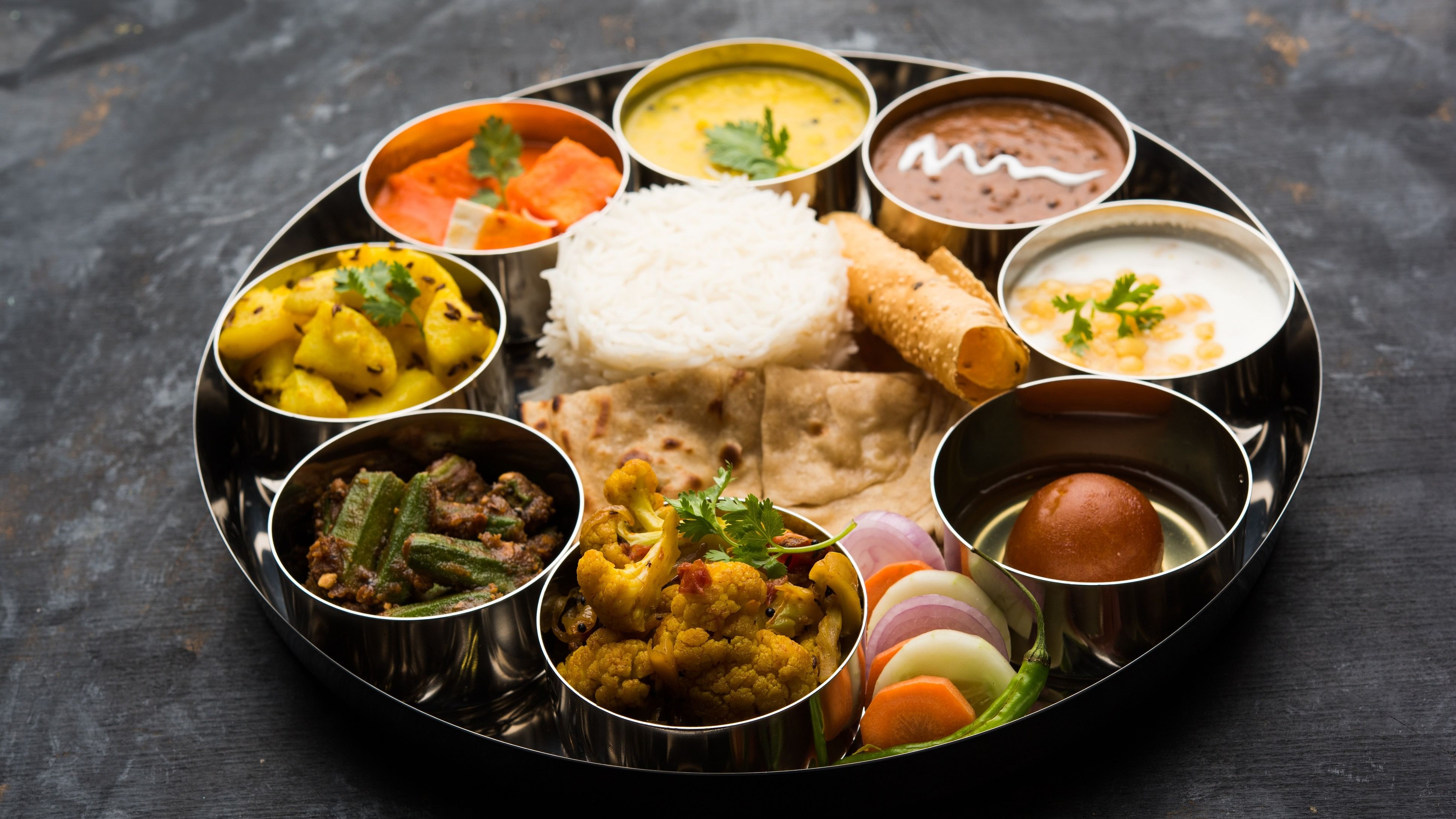
Representative image of food.
Credit: iStock Photo
The sharp drop in prices of onion, tomato and poultry products helped bring down the cost of home-cooked food in December from that in the previous month, according to data compiled by rating agency CRISIL.
The cost of preparing a non-vegetarian thali declined by 5 per cent to Rs 57.6 in December from Rs 60.4 recorded in the previous month. In December 2022, the average cost of preparing a non-veg thali at home stood at Rs 60.1. So, non-veg thali became cheaper both sequentially and on a year-on-year basis.
A vegetarian thali cost declined by 3 per cent to Rs 29.7 in December from Rs 30.5 recorded in the previous month. This was largely due to a 14 per cent decline in onion price. Tomatoes became cheaper by 3 per cent on a month-on-month basis.
Though the prices of onion and tomato have declined on a month-on-month basis, it remains sharply higher when compared with the price a year ago. Onion price in December 2023 was 82 per cent higher when compared with the same month previous year, while the price of tomato was 42 per cent higher.
Due to this increase, the cost of a veg thali on a year-on-year basis in December was 12 per cent higher. Prices of pulses, which account for around 9 per cent of the veg thali cost, surged by 24 per cent on a year-on-year basis in December.
The price of chicken (broiler) dipped by 15 per cent in December on a year-on-year basis due to higher production. This led to a decline in the price of non-veg thali on a monthly as well as yearly basis. Broiler accounts for around half of the cost of a non-veg thali.
For analysis items considered for a veg thali include roti (bread), vegetables (onion, tomato and potato), rice, dal, curd and salad. The non-veg thali has the same elements as the veg thali, except that pulses (dal) is replaced by chicken (broiler).
CRISIL noted in its monthly report that the costs are representative. It indicates the cost of preparing a thali at home. It is not the retail price of a thali, which includes overhead costs, staff expenses, and profit margins.